The Roman Goddess Diana of the Hunt and the Moon
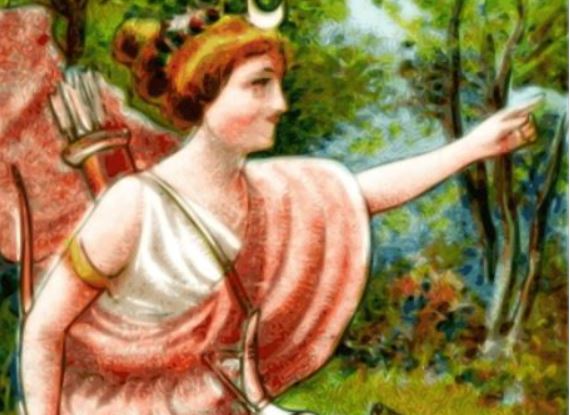
Along with the history of humankind, nature has always being a fascinating subject, typically attached to actions or clashes between gods.
For the Romans, nature was portrayed as a goddess under the name of Diana.
What is Diana the goddess of?
Diana is one of the better-known goddesses in Roman mythology. Portrayed as a powerful maternal goddess, Diana, is the Roman goddess of the hunt, the moon, and nature.
The Roman goddess Diana is represented as a beautiful and passionate goddess with many different, strong, and powerful personalities. Diana goddess of the hunt and nature is a popular protector of the woodlands and is one with nature as a strong huntress.
Diana goddess of the moon and hunt: Origin of the name
The roman goddess Diana is the complex counterpart of Artemis from Greek mythology and shares a myriad of characteristics with this particular Greek goddess.
The name Diana is most likely derived from the root of a Latin word, dius, meaning godly and a Proto-Italic word, “divios”, which means divine and heavenly.
Diana goddess statue
History of the Roman Goddess Diana and some of her myths
The Roman goddess Diana is the daughter of the Roman god, Jupiter, and his mistress, Latona.
Diana and her twin brother and god of light, Apollo, were born on the island Delos. Her intelligence was superior and it is believed that she took the place of Luna as the moon goddess.
In art, Diana goddess of the hunt is often depicted as a beautiful woman guiding the moon from a chariot. Being the twin sister of the god of the sun and music, Apollo, Diana is sometimes associated with light, which is a total contradiction to her often dark and vengeful personality.
However, the Roman goddess Diana is most commonly known as a pure, intelligent, talented, goddess of the hunt and moon.
Diana Roman goddess myths
One myth of the Roman goddess Diana begins with the tale of a hunter, Actaeon, who happened to discover Diana bathing in a river.
The Roman goddess Diana was angry he saw her naked so she ruthlessly changed him into a stag and let his own hounds loose on him.
The myth of the Roman goddess Diana and Orion
The giant, Orion, was a huntsman, who stole Diana’s heart. Apollo, who was Diana’s twin brother, began to worry that her love for Orion might be true so he tricked Diana into a shooting contest.
Unknowingly, Diana goddess of the hunt shot the distant target, which turned out to be Orion’s head. While grieving, she made Orion a constellation with his best four-legged friends nearby, Canis Major and Canis Minor.
Throughout Rome, countless slaves were given sanctuary within her temples, so the Roman goddess Diana became a protector of the plebeians class.
Fun fact, a runaway slave, was the high priestess in Diana’s temple in Ephesus.
The story was that if a slave removed a branch from a sacred oak tree of Diana, they could raise their class to a high priest, but only after fighting the reigning high priest to death.
Images of goddess Diana symbols: the dog, the bow, and the quiver
Roman goddess Diana powers
Followers of Diana the goddess of the moon and the hunt believed that she had the power to converse with animals and could even control their behaviors.
In addition to having the power of an extraordinary empath and she could see the insights into other people’s feelings and emotions, which is how she can connect with women so well.
Many include beauty and intelligence as essential powers of the Roman Goddess, Diana. Possessing the ability to share compassion with mothers and women struggling to conceive children is a powerful gift.
While the Roman goddess of the hunt and the moon, Diana was often be portrayed as wild as the woods she embodies, possessing many conflicting personalities, and at times depicting irrational behavior, she was still kind, pure, and considerate to those in need of emotional support.
Diana goddess symbols and their meanings
The Roman goddess Diana is portrayed as a beautiful woman but appears forever young like an immortal between the ages of 12 and 19.
Holding a bow in one hand and usually wearing a short tunic, Diana is shown barefoot, hair pulled up, and in the company of maidens, hunting dogs, and deer.
Diana goddess symbols: the crossroads and the wild animals
Symbolically, Diana is represented with a bow and quiver, deer, hunting dogs, and a crescent moon. The Roman goddess Diana is revered as a goddess of wild animals, the woods, chastity, and though she was celibate, fertility and children.
Diana goddess of the hunt and goddess of the moon is also the symbol of crossroads, symbolizing the hunter’s path only being lit by the full moon and meaning that making choices should be made with guidance or light should be shined on all choices of a decision.
Representation of a statue of Goddess Diana
Diana goddess symbols: the dog, the boar, and the horse
The goddess Diana can also be seen as the Triple Goddess because she is so innately connected to hunting, the moon, and to woodland creatures so she sometimes is portrayed with three heads: one of a dog, one of a boar, and one of a horse.
Roman sculptors would create these three-headed depictions of Diana and place them at intersections of roads.
One of the main Roman goddess Diana symbols
Ironically, Diana vowed to never marry and was a symbol of purity, but she would pray with women wanting to become pregnant and mothers hoping for easy childbirth.
With her empathic powers, honored for protecting women and mothers, the Roman goddess Diana has also been known as Lucina.
Roman goddess Diana facts: Nemoralia
The most popular worshipping site is the grove of Diana of Nemorensis, located on Lake Nemi in Ariccia, which is near Rome.
Historically, every year on August 13th, the Roman goddess Diana’s powers are celebrated during Nemoralia, also known as The Festival of Torches, which is Diana’s festival.
Lake Nemi, the mirror of the Roman goddess Diana
The events of the day are as follows: First, women wash their hair and decorate their hair with flowers, then they circle around Lake Nemi, which is known as the sacred lake, and Diana’s Mirror with a torch in hand.
The intention here is to let the firelight of the torches meet the moonlight in the reflection of the water. Nemoralia was also a day of rest for women and slaves.
Even though Diana is the goddess of the hunt… no hunting is permitted on this day, however, all hunting dogs are also decorated with flowers and praised.
To this day, many people who worship Pagan religions celebrate the Roman goddess Diana on August 13th. Offering baked goods and fruit along with song and dance are common modern practices. It is also common to write any requests to Diana goddess of the moon on a ribbon and tie the ribbon to trees.
Another historic myth is that Diana established a triad with two others, the Roman goddess, Egeria, who was a water nymph, Diana’s servant, and a midwife, and the woodland god, Virbius. This triad is another possible reason she can be seen with three different heads in some Roman art.

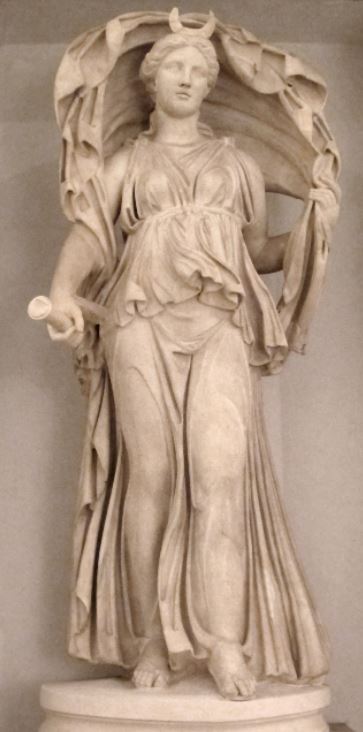
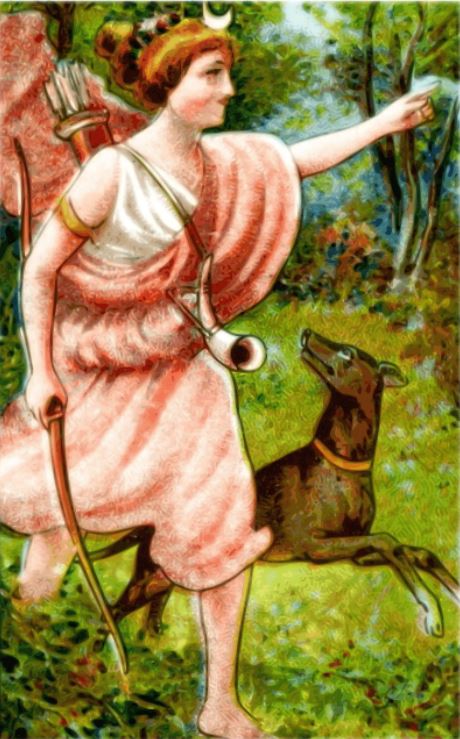










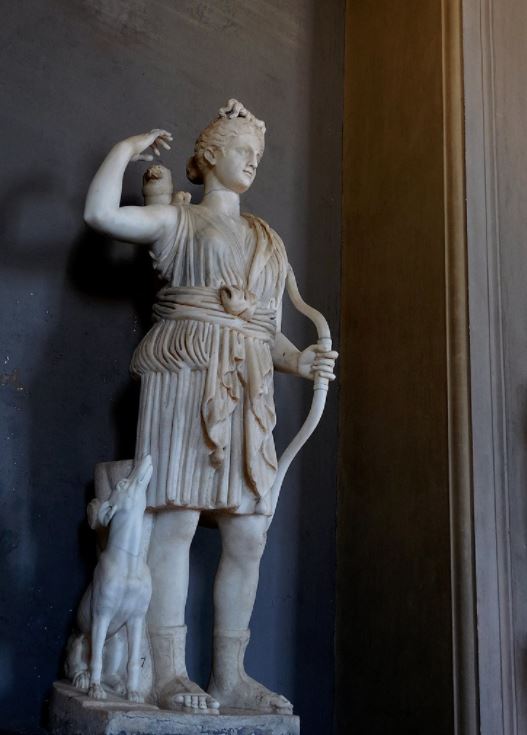
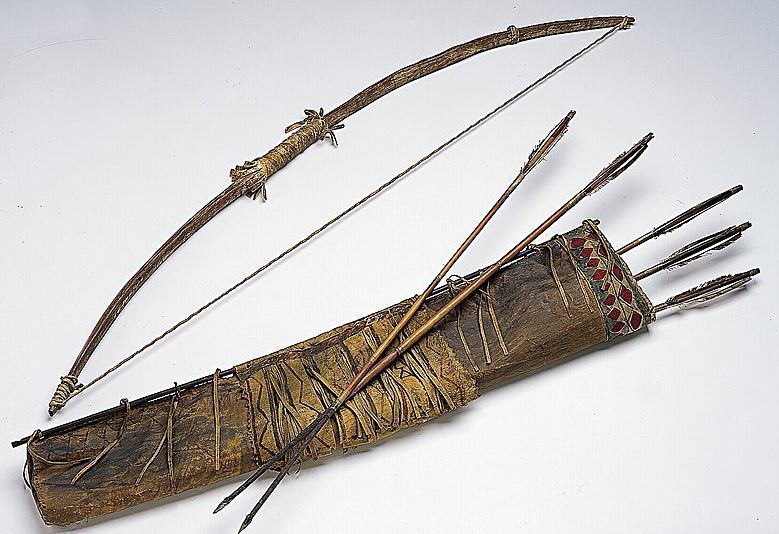
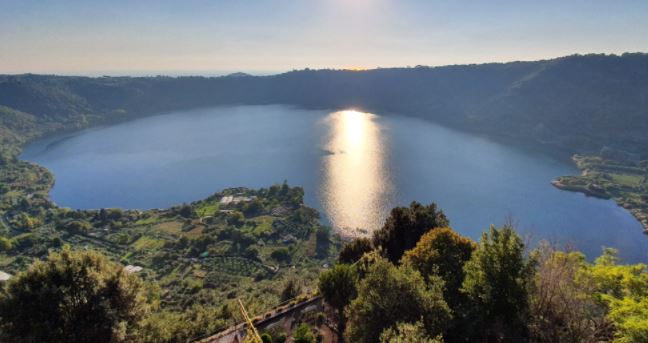
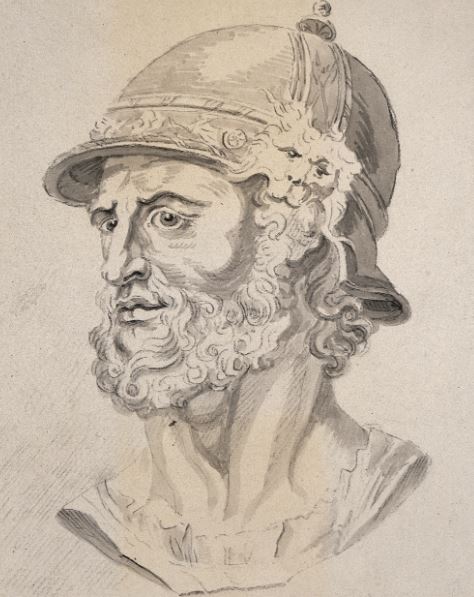
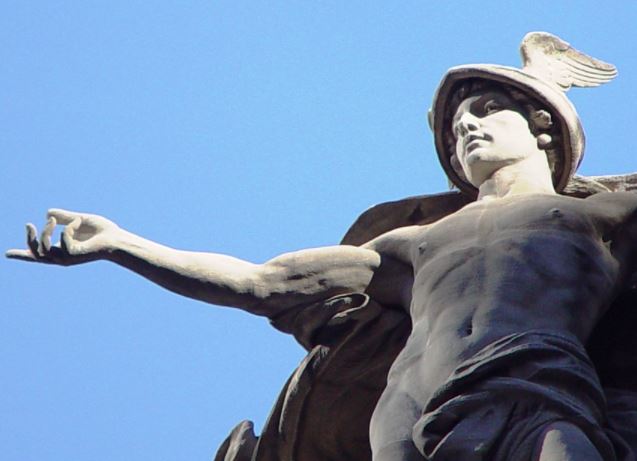
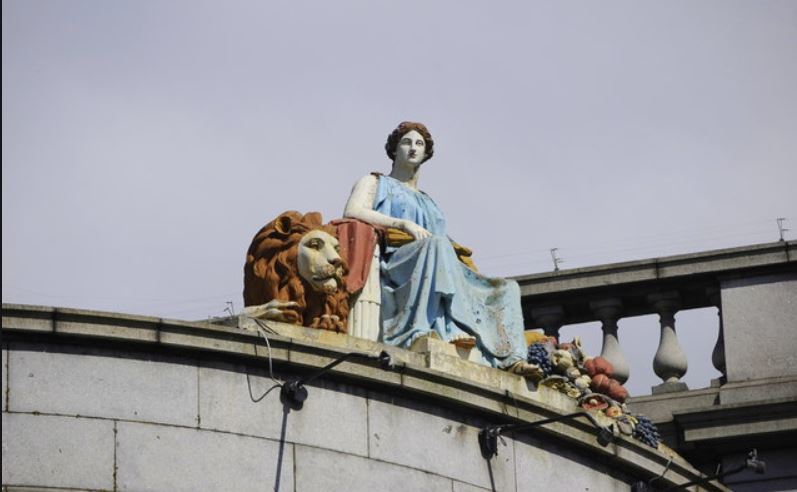
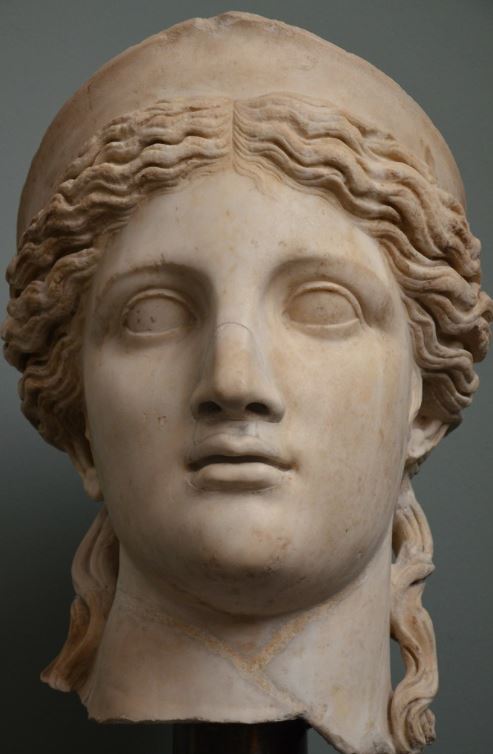

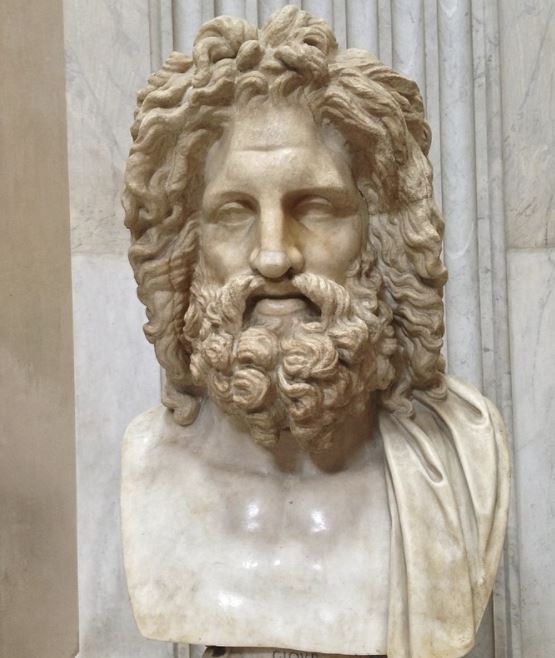

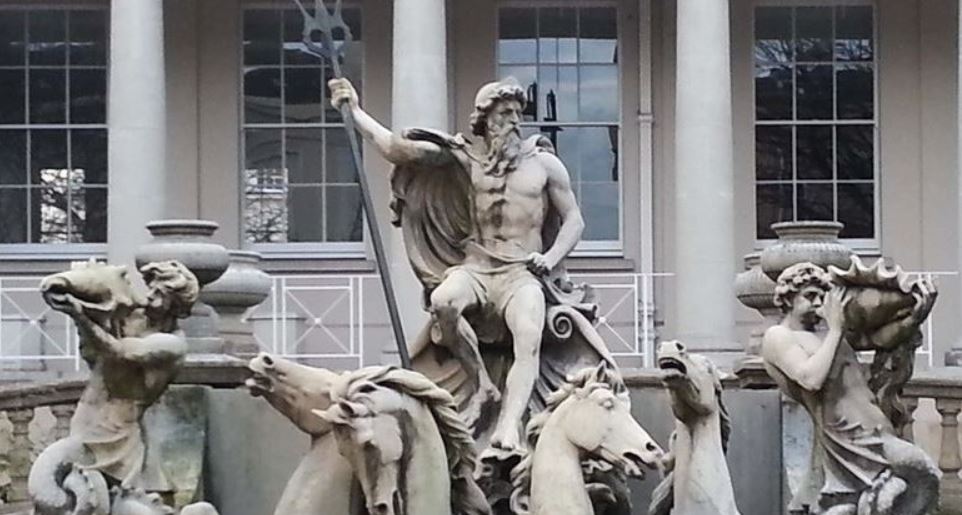

Good, very good blog, easy and confortable to read !!!!
Thank you very much for your kind words!